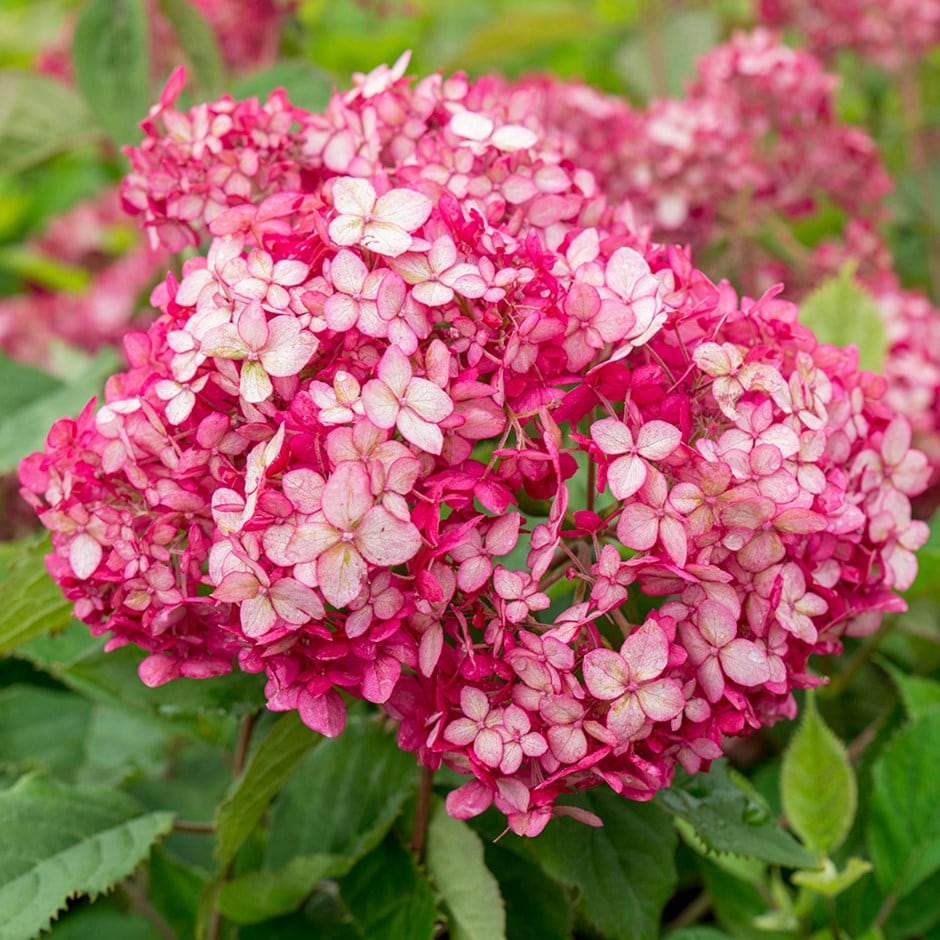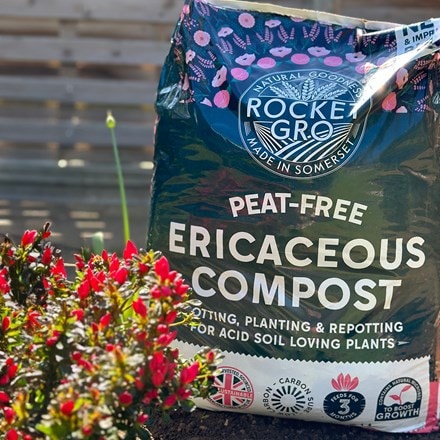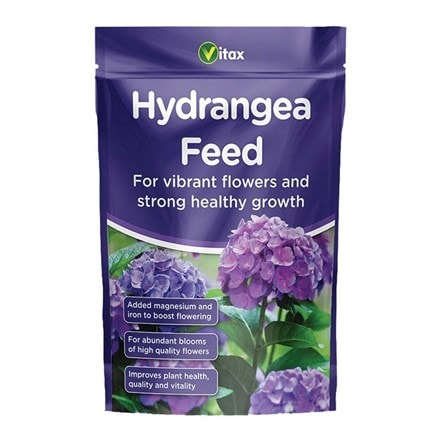Hydrangea arborescens Ruby Annabelle ('Ncha3') (PBR)
sevenbark
- 3 litre pot
- £39.99
- In stock (shipped within 2-3 working days)
Delivery options
- Standard £5.99
- Position: full sun or partial shade
- Soil: moist, well-drained, moderately fertile, humus-rich soil
- Rate of growth: average
- Flowering period: July to September
- Hardiness: fully hardy
With all the sought-after characteristics of the other 'Annabelles', this is a new compact form that produces great clusters of reddish pink flowers. Perfect for bigger pots and low hedging - or just dotting through the border. Hydrangea arborescens Ruby Annabelle has a long flowering season and is attractive to butterflies.
Choose a spot with partial shade to full sun, though at hotter, sunnier times of the year, partial shade is preferable to protect the blooms and avoid the plant wilting after planting. The soil should be well-drained, rich, and consistently moist, but not waterlogged.
Dig a hole twice the width of the root ball and just as deep, then mix in plenty of organic matter such as compost or well-rotted manure. Place the plant in the hole, backfill with the enriched soil, and water thoroughly. Mulch around the base to retain moisture and keep the roots cool, but keep the mulch away from the stem to prevent rot.
Regular watering is important, especially during dry spells, to ensure the plant establishes well and produces abundant blooms - hydrangeas do not like to dry out. Remove faded flowerheads in spring after the danger of frosts, cutting back the flowered stems to a strong pair of buds. Take out misplaced or diseased shoots.
Once established, remove a quarter to a third of the shoots to the base of the plant.
Dig a hole twice the width of the root ball and just as deep, then mix in plenty of organic matter such as compost or well-rotted manure. Place the plant in the hole, backfill with the enriched soil, and water thoroughly. Mulch around the base to retain moisture and keep the roots cool, but keep the mulch away from the stem to prevent rot.
Regular watering is important, especially during dry spells, to ensure the plant establishes well and produces abundant blooms - hydrangeas do not like to dry out. Remove faded flowerheads in spring after the danger of frosts, cutting back the flowered stems to a strong pair of buds. Take out misplaced or diseased shoots.
Once established, remove a quarter to a third of the shoots to the base of the plant.
- Humans: Skin allergen; Pets: Harmful if eaten
Goes well with
Circular tall border support - rust
W60cm × H120cm
£14.99
In stock (shipped within 2-3 working days)





